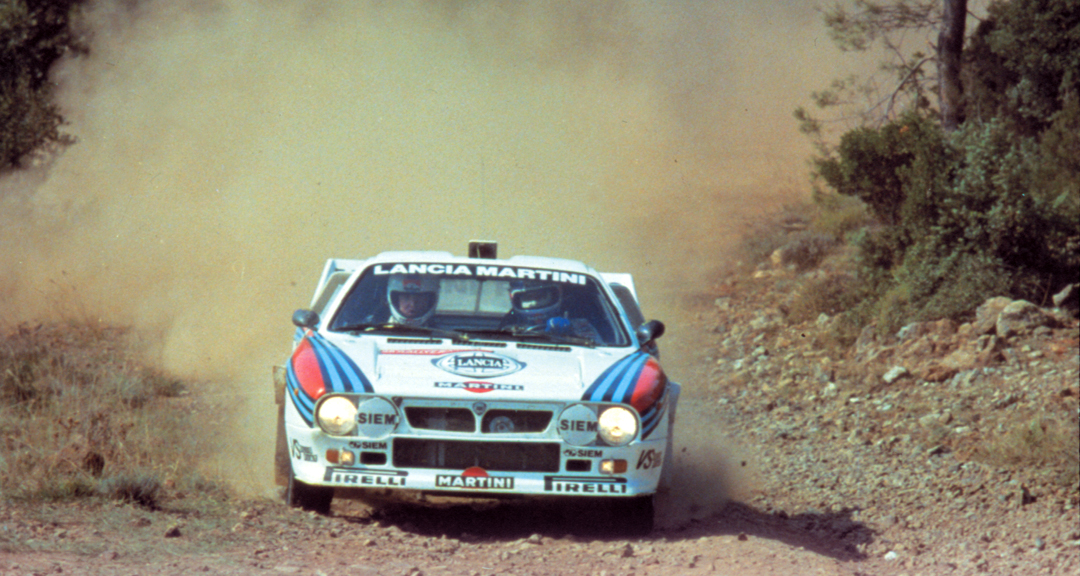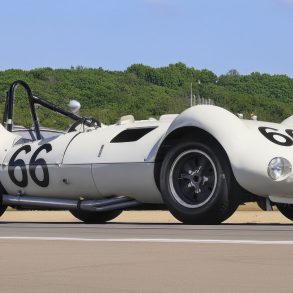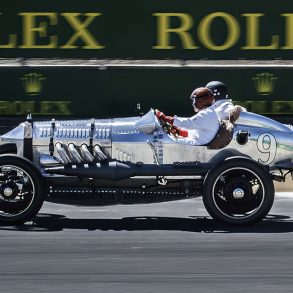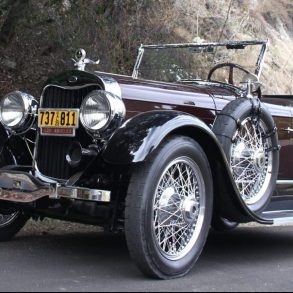World championship rallying is a tough sport. Its drivers seldom compete on nice, smooth asphalt circuits where the worst that can happen – at least weather-wise – is that it rains. In rallying, the driver and co-driver navigate their car from one closed special stage to another. When they get there, they are flagged off and, with the co-driver shouting pace notes warning of upcoming hazards, drive like hell to cover the stage faster than their opponents. The crew taking the lowest aggregate time to cover all the special stages of a rally is the winner. And a World Championship is usually made up of 12 or more such events.
That’s the good news. The bad news is that all this happens in all types of weather and on surfaces fit for nightmares: rain, tropical downpours, hail, snow, mud, fog and ice. Occasionally on smooth asphalt, certainly, but most World Championship rallies are held on the loose, unmade earthen surfaces ranging from forestry tracks in Yorkshire, England, to the bullet-hard dried mud and razor-sharp rocks of Greece to narrow roads glistening with ice in the hills above Monte Carlo.
Become a Member & Get Ad-Free Access To This Article (& About 6,000+ More)
Access to the full article is limited to paid subscribers only. Our membership removes most ads, lets you enjoy unlimited access to all our premium content, and offers you awesome discounts on partner products. Enjoy our premium content.
Become a member today!
Already a Member?










